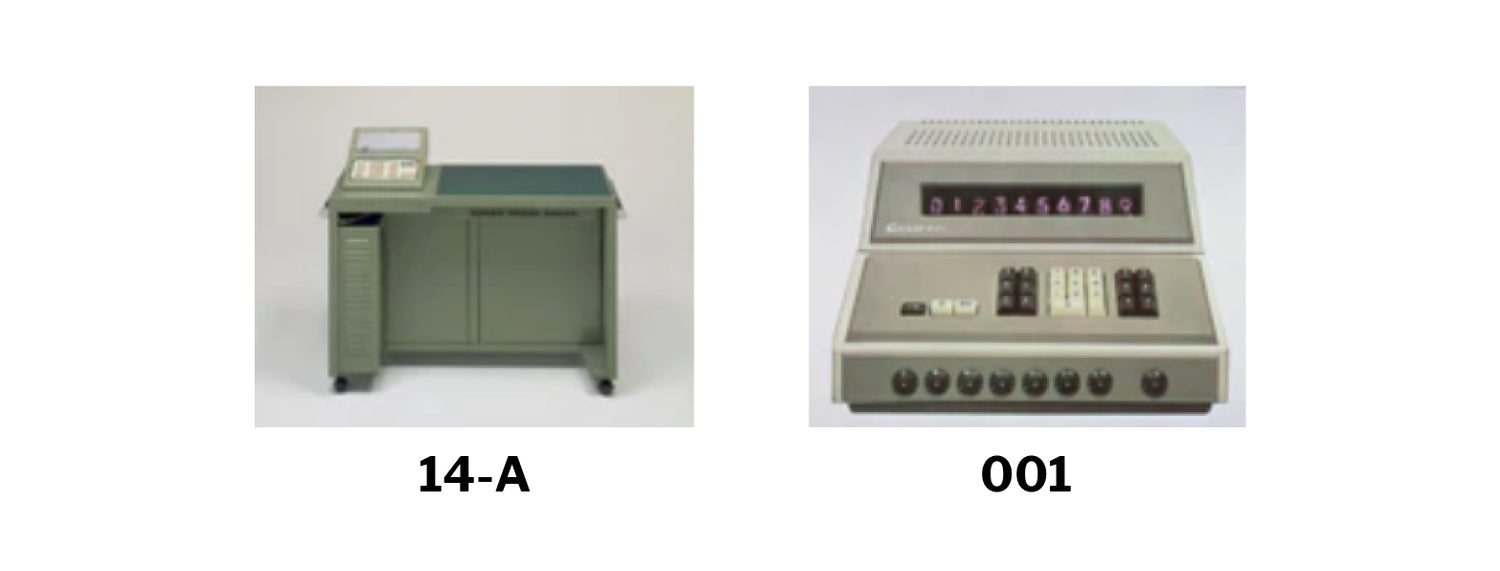Casio Calculators in New Zealand
Casio has been committed to providing educational solutions that have enhanced both Mathematics teaching, and learning in the classroom since the mid 1980’s.
Since that time, Casio has produced a number of world firsts in calculator technology with both scientific and graphic models such as the FX82, which has had many improvements since its introduction in 1982. It is now the leading calculator in education today.
Monaco Corporation was established in 1978 on the back of securing the distribution of Casio products.
Monaco and Casio are proud to support Mathematics education in New Zealand with sponsorship of NZAMT, numerous competitions throughout the country as well as providing ongoing support and resources for teachers.

Casio Sells One Billionth Electronic Calculator
Long History of Contribution to the Development of the Electronics Industry and Mathematics Education.

From the relay calculator to the electronic calculator
Casio has been committed to providing educational solutions that have enhanced both Mathematics teaching, and learning in the classroom since the mid 1980’s. Since that time, Casio has produced a number of world firsts in calculator technology with both scientific and graphic models such as the FX82, which has had many improvements since its introduction in 1982. It is now the leading calculator in education today. Monaco Corporation was established in 1978 on the back of securing the distribution of Casio products.
Monaco Corp and Casio are proud to support Mathematics education in New Zealand with sponsorship of NZAMT, numerous competitions throughout the country as well as providing ongoing support and resources for teachers.

Casio Mini creates demand among individual users
In the latter half of the 1960s, there was a surge in the number of new manufacturers entering the calculator market. At its peak there were more than 50 manufacturers competing with each other, and the phrase “calculator wars” was coined. The competition, however, was confined to the limited market for calculators used in the office.
In August 1972, Casio released the Casio Mini, which was sold for the then-revolutionary price of only 12,800 yen, in order to be affordable to the general public. The Casio Mini was a huge hit selling 1 million units in ten months.

Card-sized calculator ends competition for smaller and thinner products
With the huge popularity of the Casio Mini, Casio’s cumulative sales of calculators reached the one million-unit mark in 1972, and skyrocketed to two million that very same year. Casio’s worldwide calculator sales reached 10 million in 1974. This was the turning point – from here on price competition among calculator makers reached a climax, with one company after another withdrawing from the market.
Next, the market saw fierce competition to develop smaller and thinner products. In 1983, Casio developed the SL-800, which at 0.8mm was as thin as a credit card. This put an end to the “smaller and thinner” race. The total number of all calculators sold by Casio reached 100 million units in 1980.

Casio calculators continue to improve
After Casio achieved the ultimate in thinness with the SL-800, changes in product trends led to a focus on functionality. In 1985, Casio developed the fx-7000G, the first scientific calculator to incorporate a graphing function.
In 2004, the company developed a scientific calculator capable of displaying fractions, square roots, and other symbols as they are shown in textbooks. Casio continues to produce innovative products to this day and as of December 31, 2006, Casio had sold one billion calculators.


